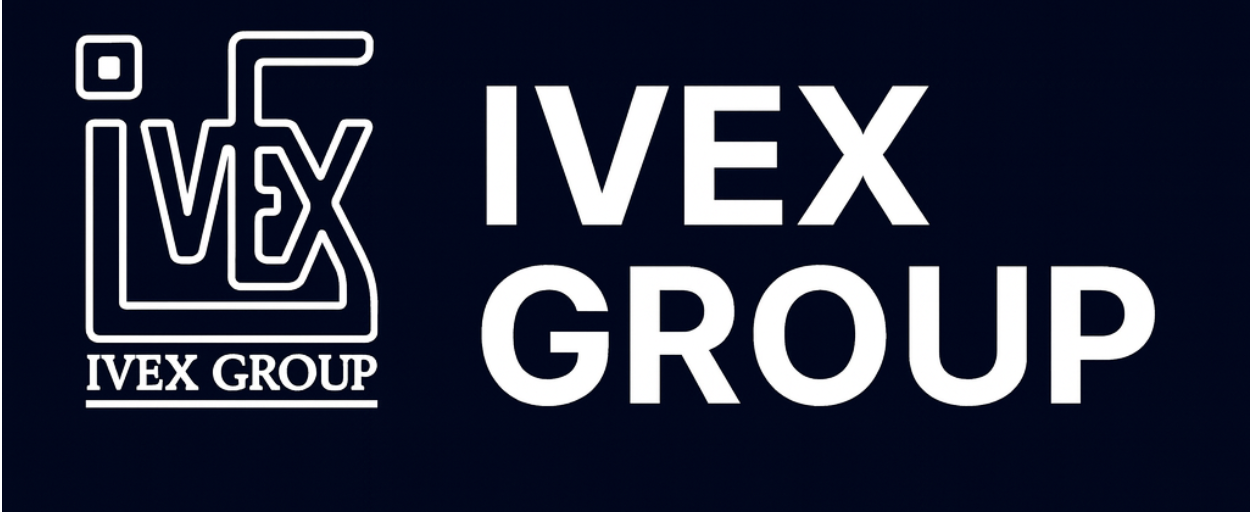
Open vs Closed: Why Foundation Models Are Diverging
Two roads: productized convenience or composable freedom. The right pick depends on your data and speed.
By Editorial Staff
September 18, 2025 · 1 min read
The AI stack is splitting. Closed systems minimize surface area—single sign-on for text, vision, and speech with predictable SLAs—but at the cost of extensibility. Open, modular stacks ask more work upfront but pay back in control, unit economics, and IP safety. Most teams don't need to train from scratch; they need a place to customize: retrieval, tool hooks, and secure prompts. If your data changes weekly, choose composable pieces; if your value is UX and routing, a managed bundle. The mature posture is hybrid: closed where latency/scale matter; open where differentiation lives.
Advertisement
More Like This

IVEX Group Commits $800 Million to Major Real Estate Project in Egypt
The multinational holding company announces a landmark $800M investment in Egypt's construction sector, with the project valued at $3 billion upon completion.

Maison de Pag: A Named Smart Residence on Pag Island
On Croatia's Pag Island, a €4.5M villa redefines luxury living with invisible technology and resort-grade amenities.

The New Mastering: Why AI Is Now the Rough Mix
Mastering isn't a gate—it's the baseline. Taste still wins.

Short-Video SEO: How Captions Became the Query
Searchable shorts changed funnels: intent now meets serendipity.